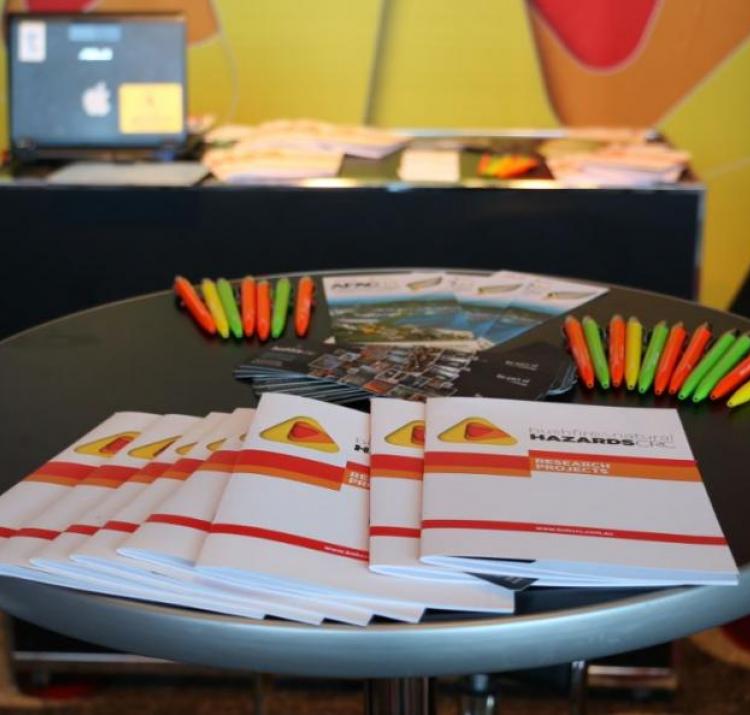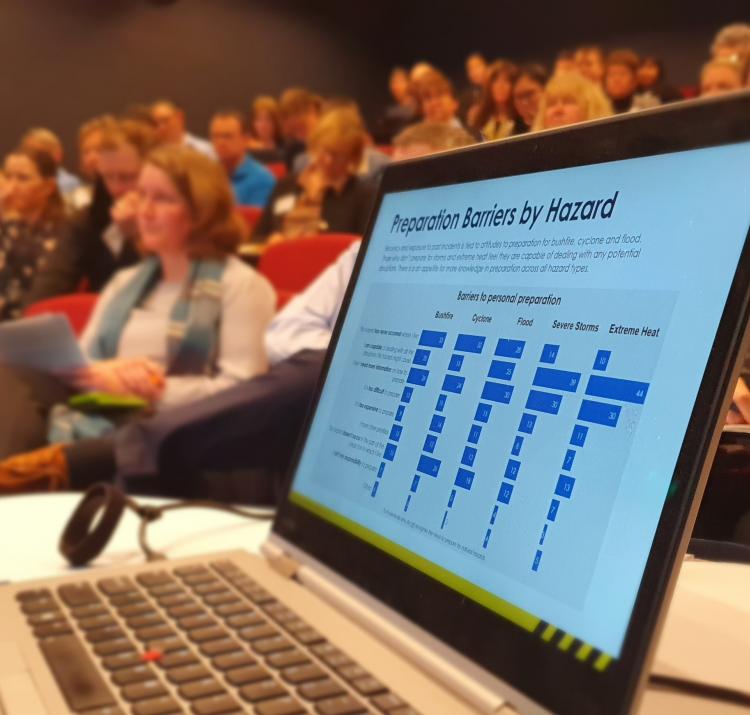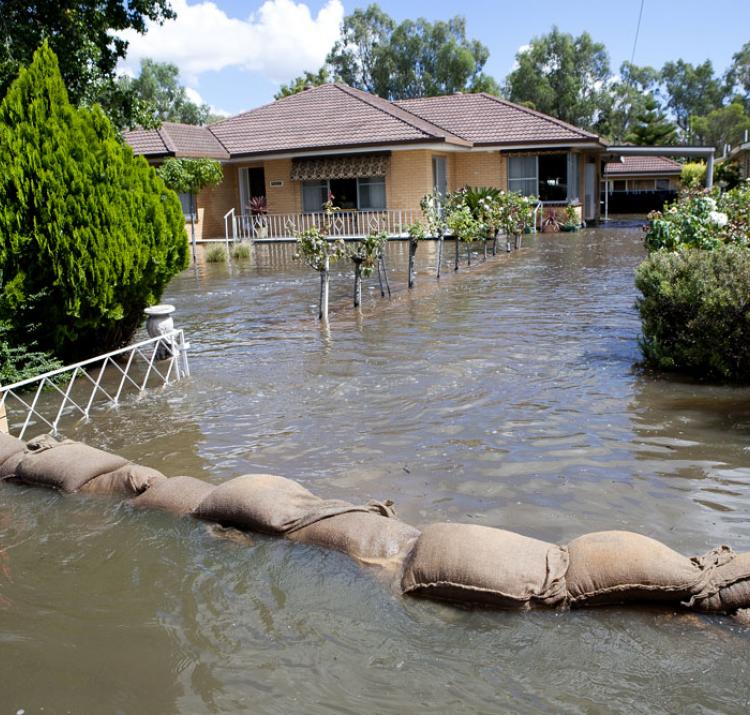Research leader
Research team
End User representatives
Student researchers
The release of the National Review of Warnings and Information (Emergency Management Victoria, 2014) triggered the need for a range of evidence-based practice about constructing better natural hazard emergency warning messages. This research derived evidence-based insights into risk and warning communication during the response phase of natural hazard emergencies. The research examines existing and modified communication to community members who may be affected by natural hazards. The work outlined in this report builds on our previous CRC project on effective communication in natural hazards.
The first CRC project (2014-2017) focused on the pre-decisional processes of community members and business owners, particularly their exposure to, attention to, and comprehension of warning messages in the response and early recovery phase of multiple hazards. The following project (2017-2020) built on that knowledge and focussed on how the inputs into the pre-decisional process—environmental cues, social cues, information sources, channel access and preference, warning messages and receiver characteristics—inform protective action during the response phases of natural hazards.
This project employs a multi-method, multi-hazard research design to:
- develop an evidence-base for the content of risk and warning messaging across multiple channels and sources (e.g., media channels and agencies) to enhance trust in agencies and encourage positive community responses to events (e.g., evacuating and information sharing)
- construct evidence-based warning messages that overcome ambiguity caused by conflict between warning messages and socio-environmental cues (e.g., blue-sky flooding)
- optimise warning messages to improve community members’ readiness to act in accordance with emergency instructions
- translate research findings into practical tools tailored to the existing and emergent needs of end-users.


































































































